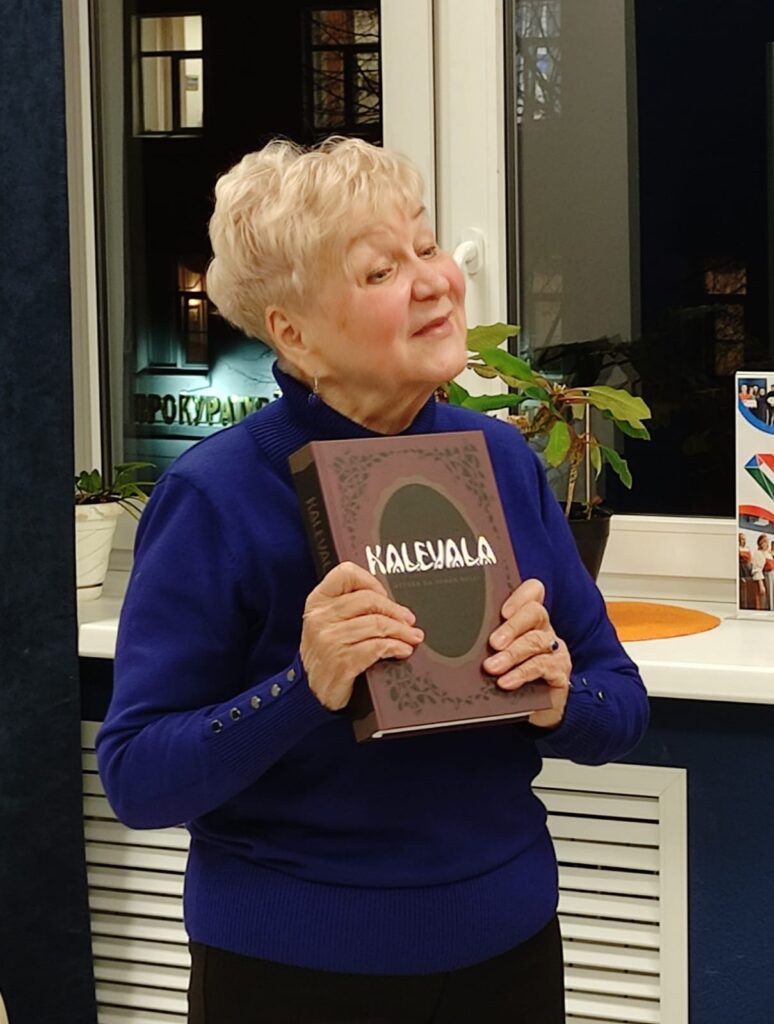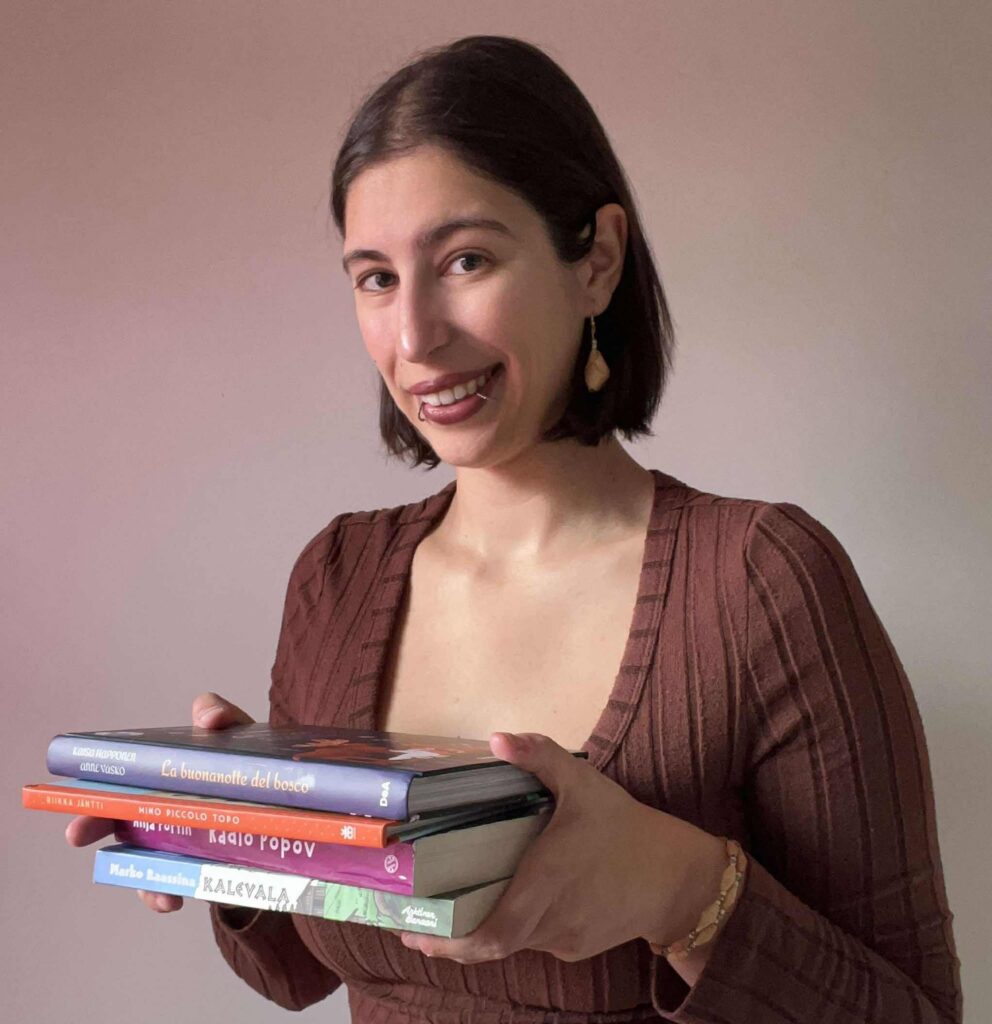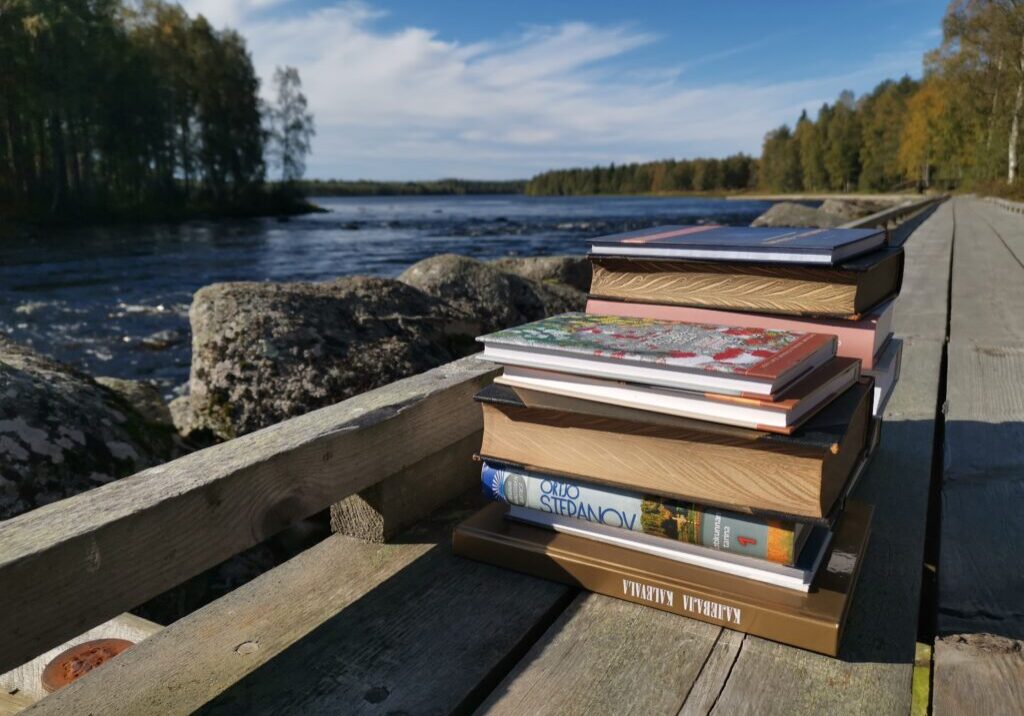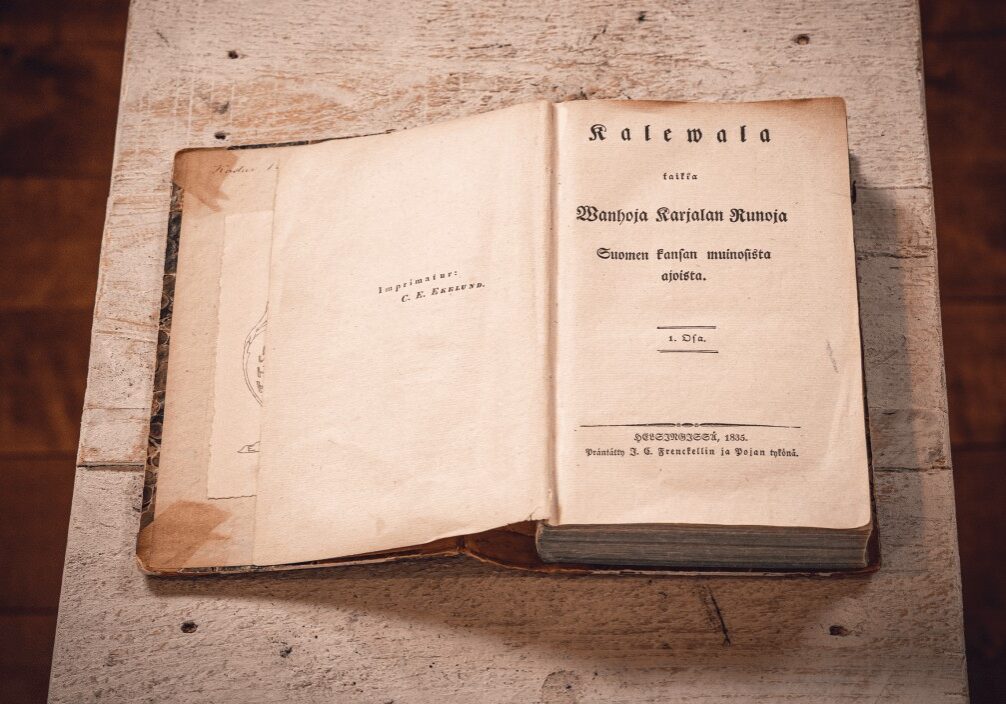New
UNESCO International translation Day 25.9.2025
-
When
30.09.2025 – 30.09.2026

Today, September 30th, we celebrate UNESCO’s International Translation Day. Juminkeko, the Kalevala Centre located in Kuhmo, would like to highlight the crucial role of translators in keeping the Kalevala’s living heritage alive. The Kalevala is the most translated book in Finnish literature, and its stories continue to thrive in new languages and across many cultures.
Two Kalevala translators live in Kuhmo. One of them is Nina Zaitseva, a Vepsian language researcher, poet, and translator who has dedicated her life to the study of Vepsian language. She has written textbooks, compiled dictionaries, and translated romans, poems and other works to Vepsian. Her major translation works include the New Testament (2006) and the Kalevala (2022). She has also authored the first epic in the Vepsian language, Virantanaz (2012), which has already been translated into several languages.
We asked her what was the greatest challenge in translating the Kalevala:
Nina Zaitseva:
– There are always many challenges in translation work. With Kalevala, I had to take into account that Vepsian words are shorter than those in Finnish. After completing a raw translation, I had to go back and search for alliteration, which makes the text much more beautiful. It has also been a task in itself to find old words and expressions. The meaning of each word for me has been crucial – both in Bible translation and, surprisingly, also in the Kalevala.”
Juminkeko houses an extensive Kalevala collection, and part of its mission is to support the translation of the Kalevala into new languages. Each translation brings a new perspective to the epic and strengthens its place as part of the world’s cultural heritage.
Another translator living in Kuhmo is Giulia Santelli, originally from Tuscany, Italy. She has lived in Kuhmo since 2020 and used to bring Finland to Italy through literature and translation. She has translated 10 Finnish works into Italian, including comics, novels, and children’s books. Her very first translation was Kalevala comics (2021) by Kuhmo-based comic artist Marko Raassina. Santelli’s latest translation explores Finnish mythology and ancient traditions.
– Which Kalevala character or episode speaks to you most in your own linguistic and cultural environment – and why?
Giulia Santelli:
-For Italian readers, the Kalevala is an exotic work, and this sense of strangeness is exactly what makes it so fascinating. Its poetry and rhythm resonate with Italian culture, where words and musicality walk hand in hand. The Kalevala’s stories are full of journeys, trials, and heroic deeds – much like in Italian classics. The tragic themes too, such as Kullervo’s suffering, anger, and injustice, profoundly resonate with Italy’s cultural heritage.”
Today, we celebrate all translators who open the doors of words and stories between cultures – from the Kalevala to the world.



